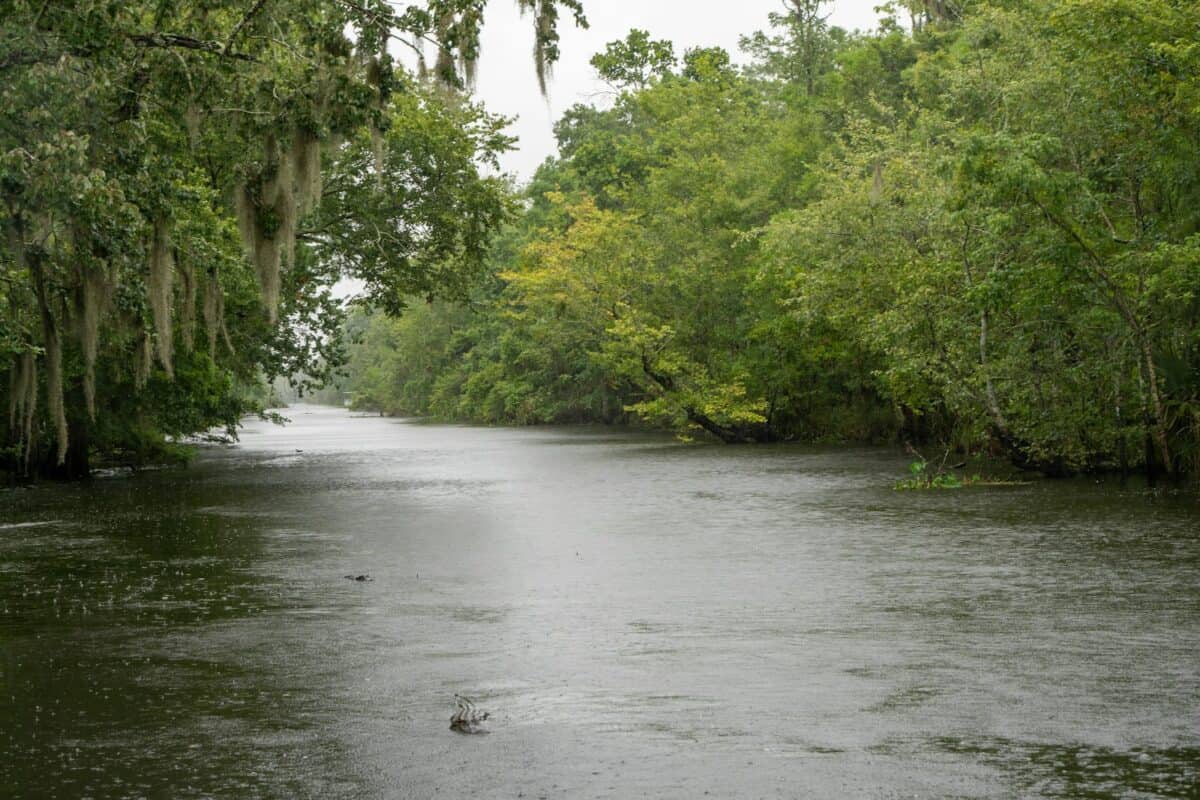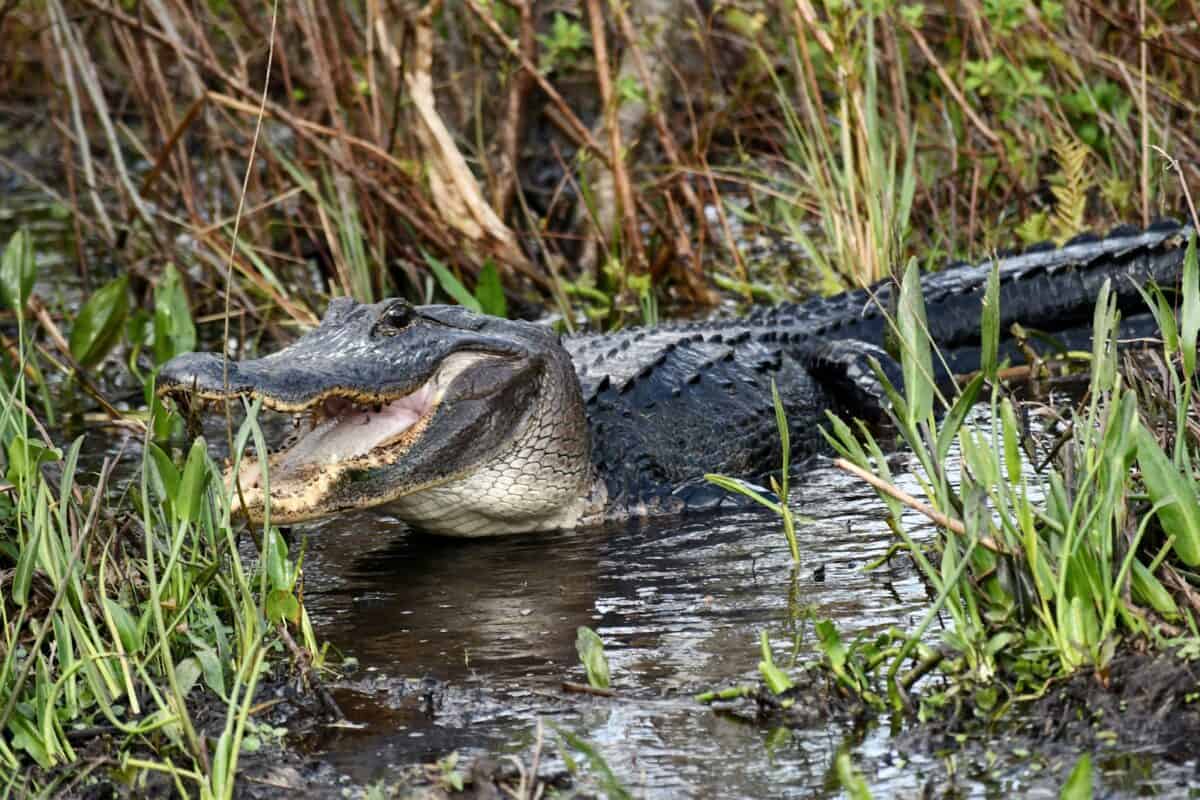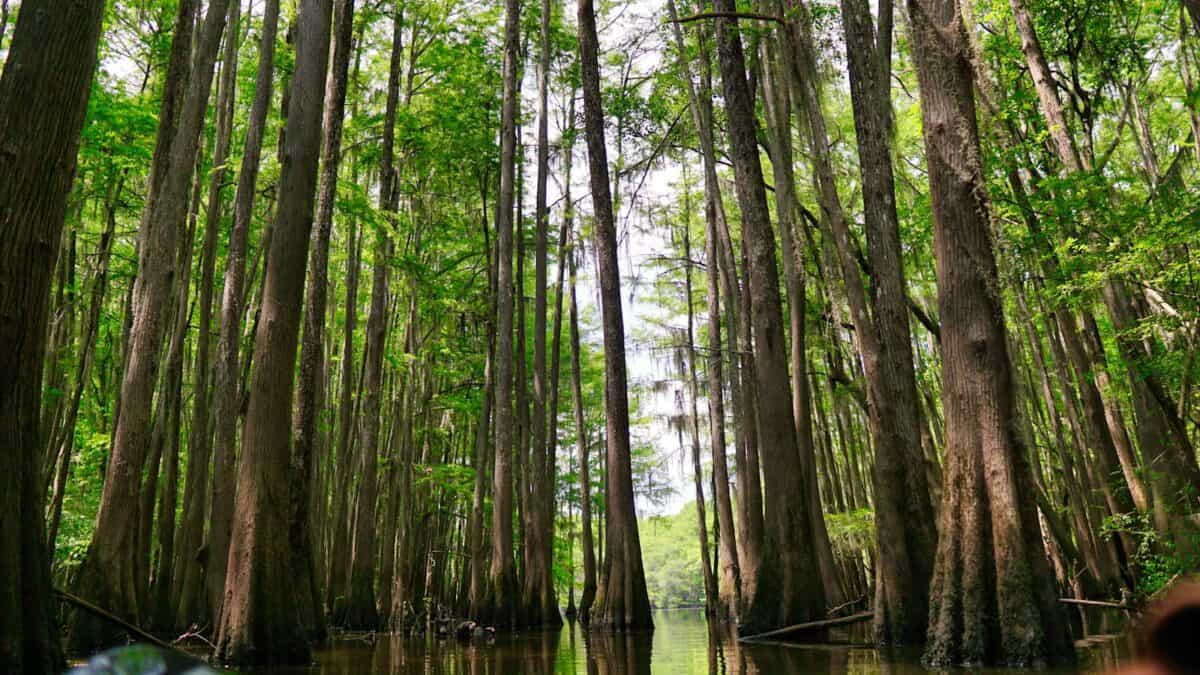The mysterious swamps of Louisiana, often veiled in mist and enlivened by a symphony of wildlife, have long been synonymous with the untamed beauty of nature. However, beneath the surface lies a growing concern: the mystery and majesty of the swamps’ top predators are fading. As these creatures face numerous threats, the entire ecosystem teeters on the brink of imbalance. This article delves into the decline of Louisiana’s swamp predators and their larger implications.
The Importance of Louisiana’s Swamps

Louisiana’s swamps are vital ecosystems, renowned for their rich biodiversity. They provide critical habitats for numerous species and act as natural buffers against environmental challenges. These vibrant wetlands support a myriad of life forms that contribute to the ecological balance. As such, any disruption to this habitat can lead to cascading effects on the broader environment.
The Role of Predators in Swamp Ecosystems

Predators play a crucial role in maintaining the health and stability of swamp ecosystems. By controlling prey populations, they prevent any single species from dominating and depleting resources. This balancing act ensures the survival of a diverse array of organisms, each contributing to the richness of the habitat.
Identifying the Swamps’ Mysterious Predators

While alligators are among the most iconic predators of Louisiana’s swamps, there is a range of lesser-known yet equally vital predatory species. These include the elusive swamp panther, various bird species, and predatory fish, all serving critical roles within their environment.
Causes of Predator Decline

The decline in predator populations is attributed to multiple factors. Habitat loss due to human encroachment, pollution, and climate change are paramount causes. Additionally, overhunting and excessive fishing disrupt the delicate balance of predator and prey, accelerating the loss of these essential species.
Habitat Destruction: A Pressing Concern

Rapid urban development and industrial activities are encroaching upon swamp territories, leading to habitat fragmentation. Wetland drainage for agriculture and construction has significantly reduced the living space available to these wild predators, causing a sharp decline in their populations.
Pollution: A Silent Killer

Pollution in the form of chemical runoff from industrial activities and agriculture is another significant threat. Toxic substances make their way into the water systems, disrupting food chains and impacting predator health and reproduction rates.
The Impact of Climate Change

Climate change brings rising temperatures and sea levels, altering the delicate balance of swamp environments. These changes affect water levels and temperatures, which can alter prey availability and disrupt the traditional habitats of these predators.
Overhunting and Fishing: Human-induced Threats

Overhunting and fishing activities have directly diminished predator numbers. Unregulated and illegal hunting practices target key species, while overfishing disrupts food availability, impacting predator survival rates and reproductive success.
Conservation Efforts and Challenges

Efforts to conserve these vital predators are underway, with initiatives focusing on habitat restoration, strict hunting regulations, and pollution controls. Conservationists call for more robust policies and community engagement to ensure sustainable ecosystems and predator populations.
The Ripple Effect of Predator Loss

The decline in predator populations has a domino effect on the entire ecosystem. With fewer predators, prey populations can grow unchecked, leading to overconsumption of vegetation and resources, which impacts not only the local flora but also other animal species reliant on those resources.
The Economic Impact on Local Communities

The health of swamp ecosystems significantly impacts the livelihoods of local communities. Many residents depend on the abundance of wildlife for tourism, fishing, and hunting. As predator populations decline, so too does the economic potential these natural resources offer, affecting human livelihoods.
Rekindling Balance: A Collective Responsibility

To preserve Louisiana’s swamps and their mysterious predators, a collaborative approach is necessary. This includes scientists, local governments, communities, and environmental organizations uniting to promote sustainable practices. Encouraging ecological awareness and education can galvanize efforts to restore and protect these vital ecosystems.
In conclusion, the loss of Louisiana’s mysterious swamp predators serves as a poignant reminder of the delicate balance of nature. Their decline signals broader environmental challenges that demand immediate attention and action. By fostering a deeper understanding and taking concerted conservation actions, there lies hope to safeguard these precious creatures and the ecosystems they so intricately support.
- The Wild Mustangs of Nevada Are a Living Piece of American History - August 16, 2025
- Why Flamingos Stand on One Leg - August 16, 2025
- 10 Dog Breeds That Are Incredibly Loyal to Their Owners - August 16, 2025

